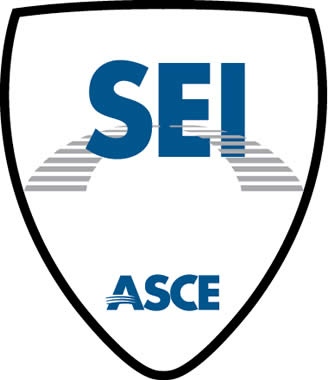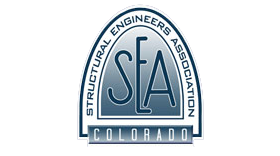Event Registration - Structural Engineers Association of Colorado
This event has completed.
7:45 AM - 9:00 AM
SEAC July General Meeting
7/16/20207:45 AM - 9:00 AM
Event Description
SEAC July Breakfast Meeting
July 16, 2020
via Webex
7:45am-7:50am - join Webinar
7:50am-8:00am - Announcements
8:00am - Presentation
July 16, 2020
via Webex
7:45am-7:50am - join Webinar
7:50am-8:00am - Announcements
8:00am - Presentation
PRESENTATION: The Time is Right for Structural Engineers to Embrace Structural Fire Protection
For the past century, project stakeholders have tolerated a strikingly inefficient and amorphous system for protecting structures from uncontrolled fire. Also, structural engineers are often absent from the structural fire protection design process. However, due to recent advancements put forth by ASCE/SEI, now is a great time for structural engineers to get involved with structural fire protection, and lead its implementation in practice. Encouragingly, this area represents one of the most promising opportunities for structural engineers to add value to building design. Also, other AEC stakeholders including building officials, contractors, and architects stand to benefit from these new developments which promote more efficient, robust and economical structures as it applies to fire safety.
Traditionally, structural fire protection is prescribed for structures after they have been optimized for ambient design loads (i.e., gravity, wind, seismic, and others). This century-old prescriptive framework endeavors to reduce the heating of individual structural components with the intent of mitigating the risk of structural failure under fire exposure. Accordingly, the vulnerability of buildings to structural failure from uncontrolled fire varies across different jurisdictions -which have differing structural design requirements for ambient loads- and as a function of building system and component configuration.
ASCE/SEI 7-16 now permits designers to utilize structural fire engineering as an alternative to the code-default prescriptive method (standard fire resistance design). Specifically, Section 1.3.7 states that structural fire protection shall be provided per prescriptive requirements of the applicable building code, or by employing a performance-based approach in accordance with the new Appendix E section per building authority approval. Effectively, Appendix E brings structural engineers into the fold of structural fire protection design when alternatives to the prescriptive method are sought by project stakeholders. ASCE/SEI has also recently released the new ASCE/SEI Manual of Practice No. 138 (Structural Fire Engineering), which provides added guidance in support of ASCE/SEI 7-16.
New ASCE/SEI guidance should validate structural engineers whom wish to engage and lead in the field of structural fire protection. Also, building officials now have tools to comprehensively evaluate structural fire protection variances. The future is bright in this space for structural engineers to impact the industry.
SPEAKER:
Kevin J. LaMalva, P.E. is registered as both a fire protection engineer and civil engineer, and has worked at Simpson Gumpertz & Heger, Inc. since 2007. He is Past Chair of the ASCE/SEI Fire Protection Committee, and a member of numerous industry committees that conduct research and develop standards for structural fire safety. He served as co-author of ASCE/SEI 7 Appendix E and editor of ASCE/SEI Manual of Practice No. 138, and his work experience spans many areas of fire safety and structural engineering. He has recently been recognized as an ENR Newsmaker for serving the “best interests of the construction industry and the public.”
presented with



